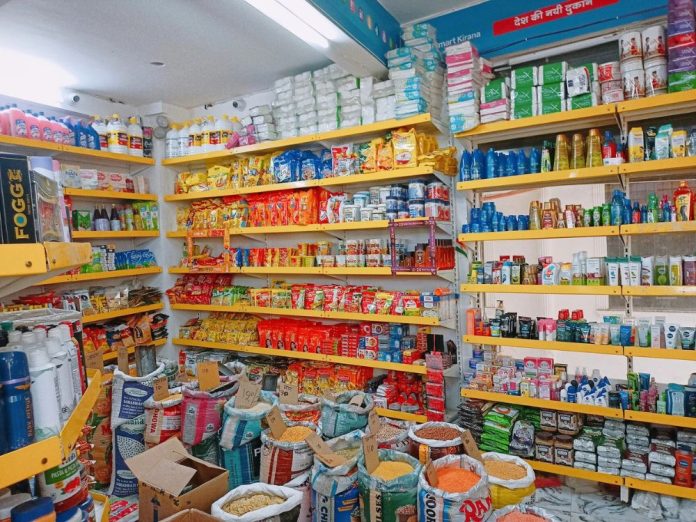New Delhi, November 11: India’s retail inflation is projected to have breached the Reserve Bank of India’s (RBI) 6% tolerance limit in October, with Consumer Price Index (CPI) inflation likely rising to 6.15% due to surging food prices and a diminishing high base effect, according to a recent Union Bank of India report. Official data on October’s retail inflation is expected to be released on Monday evening.
September’s retail inflation climbed to 5.49%, up from 3.65% in August, as food prices continued to exert upward pressure. This is the first anticipated breach of the RBI’s 6% inflation threshold since August 2023, highlighting persistent challenges in controlling food-driven inflation.
The Union Bank report noted that the RBI acknowledged an “inflation hump” in October but cautioned that the extent of the inflation spike may prolong elevated levels into November as well. “We maintain our view of no rate changes in December, with a shallow rate cut cycle of 50 basis points anticipated from February 2025,” stated the report.
The recent inflation surge is primarily driven by the prices of vegetables and edible oils. Policymakers are now closely monitoring the Kharif harvest and rabi sowing progress to gauge the possible easing of inflationary pressures. The report predicts that food inflation could stabilize by the end of the financial year in the January-March period, helped by typical winter price easing and improved prospects for rabi crops.
However, risks remain. The report highlighted the potential for food supply disruptions, pressures from edible oil imports, and trade tariffs as factors requiring close monitoring. For now, the RBI has kept its repo rate at 6.5% to help manage inflation, with its goal set on sustainably bringing retail inflation to 4%.
As the economy faces these ongoing challenges, the focus remains on policy decisions that can address persistent inflation, especially in essential food items, to achieve economic stability.



